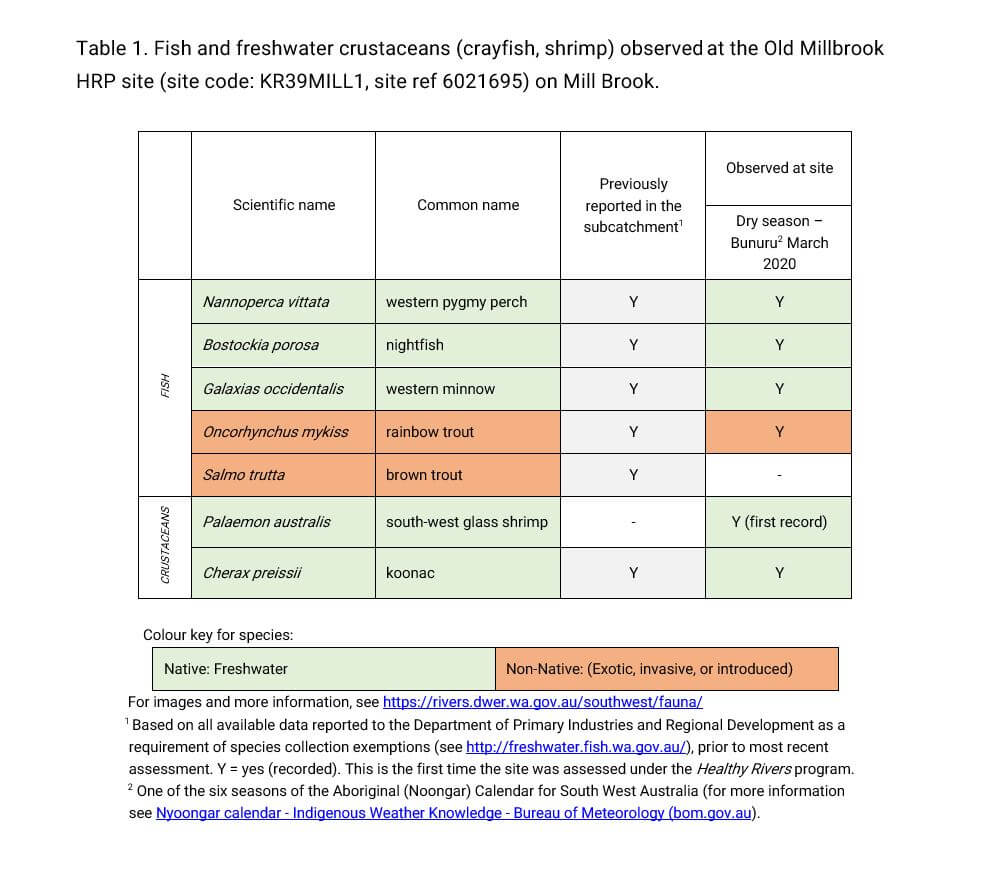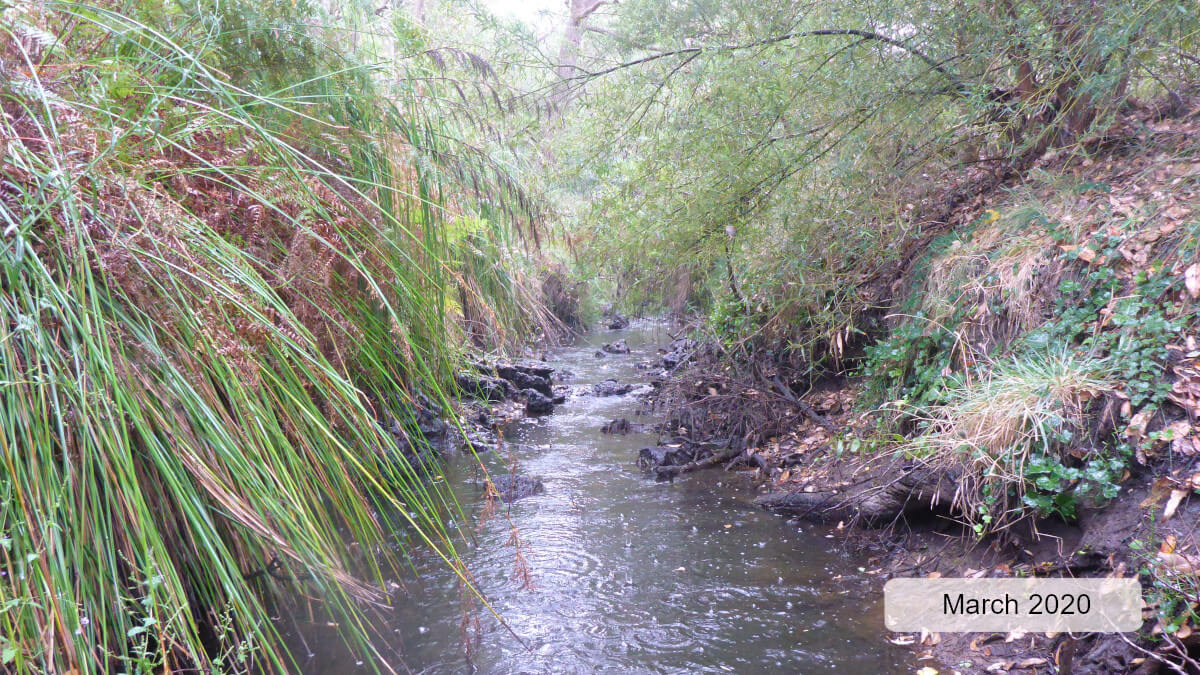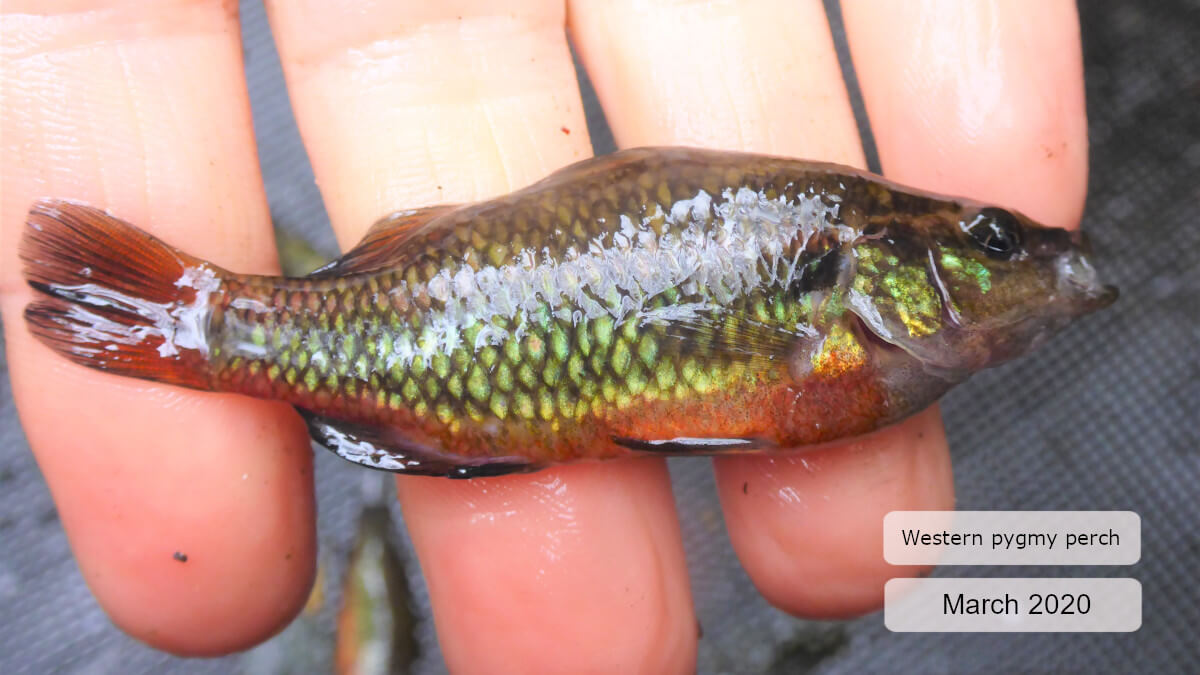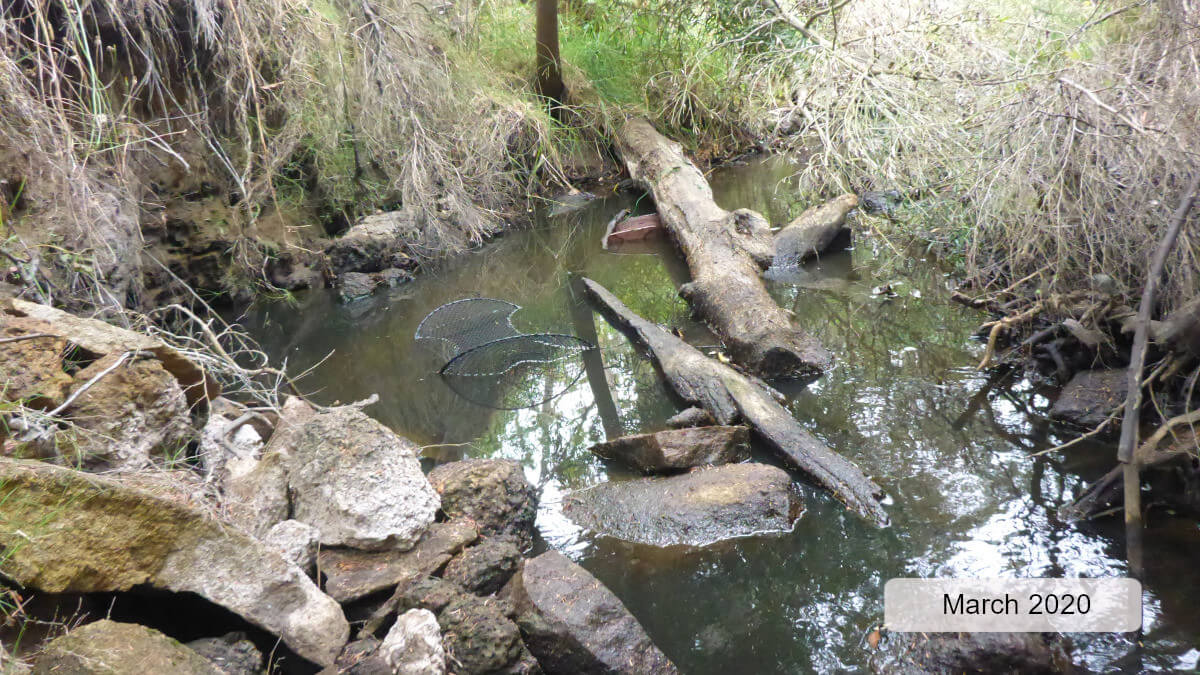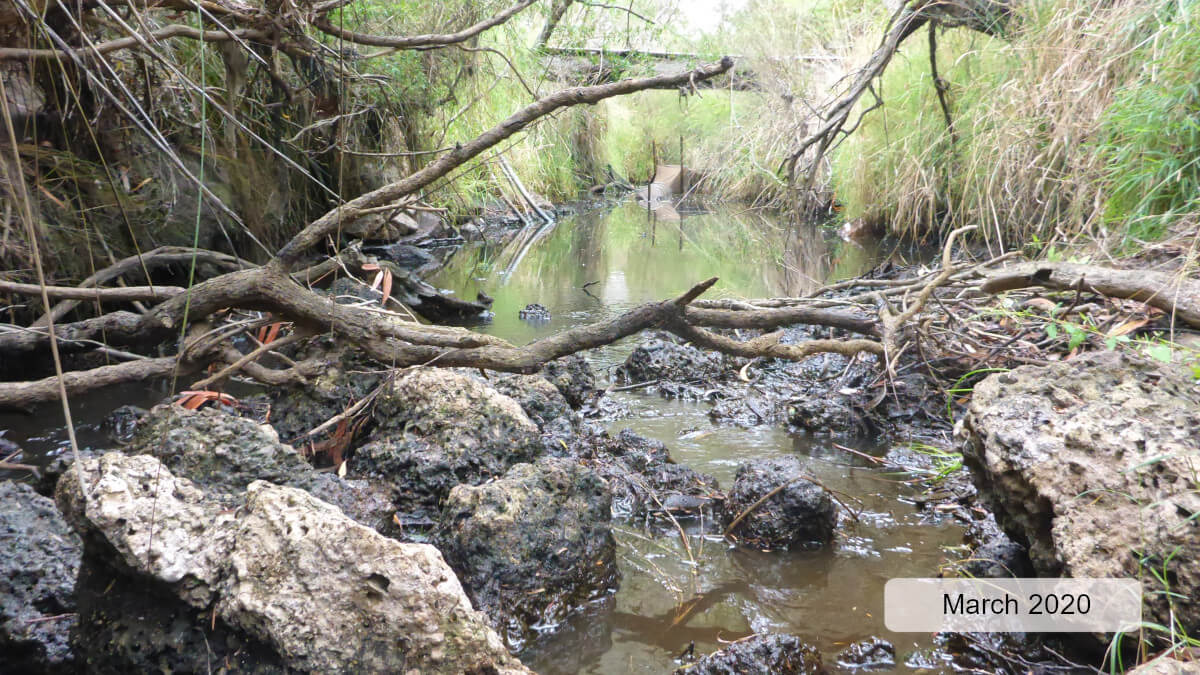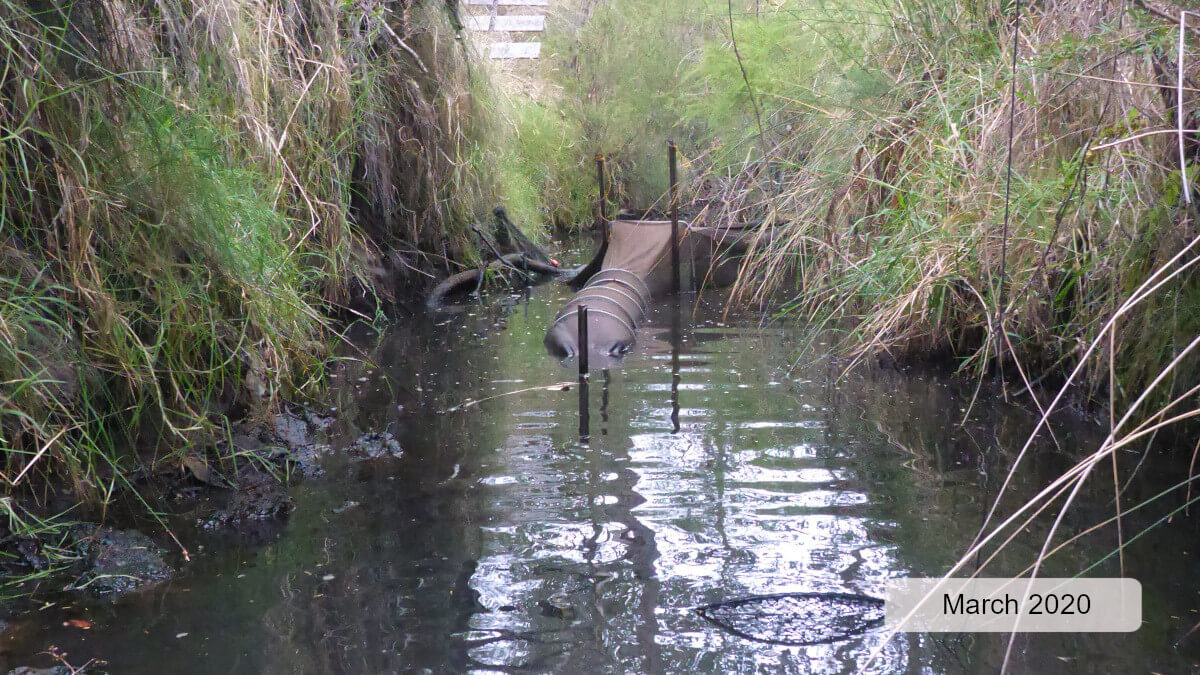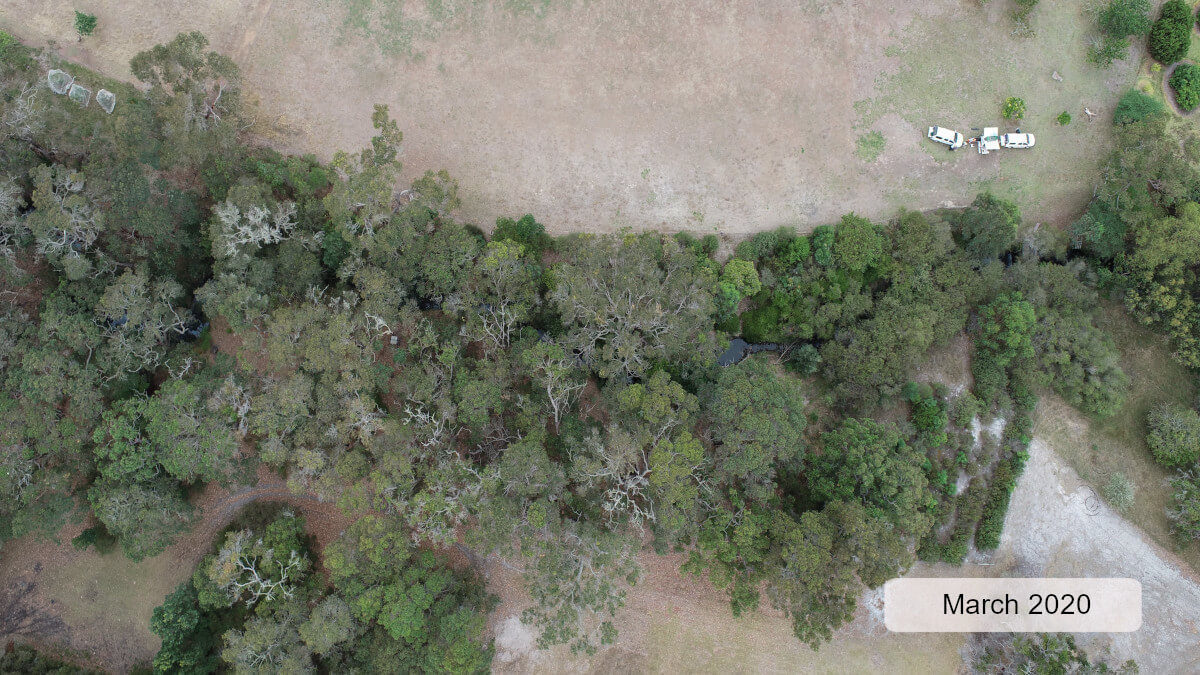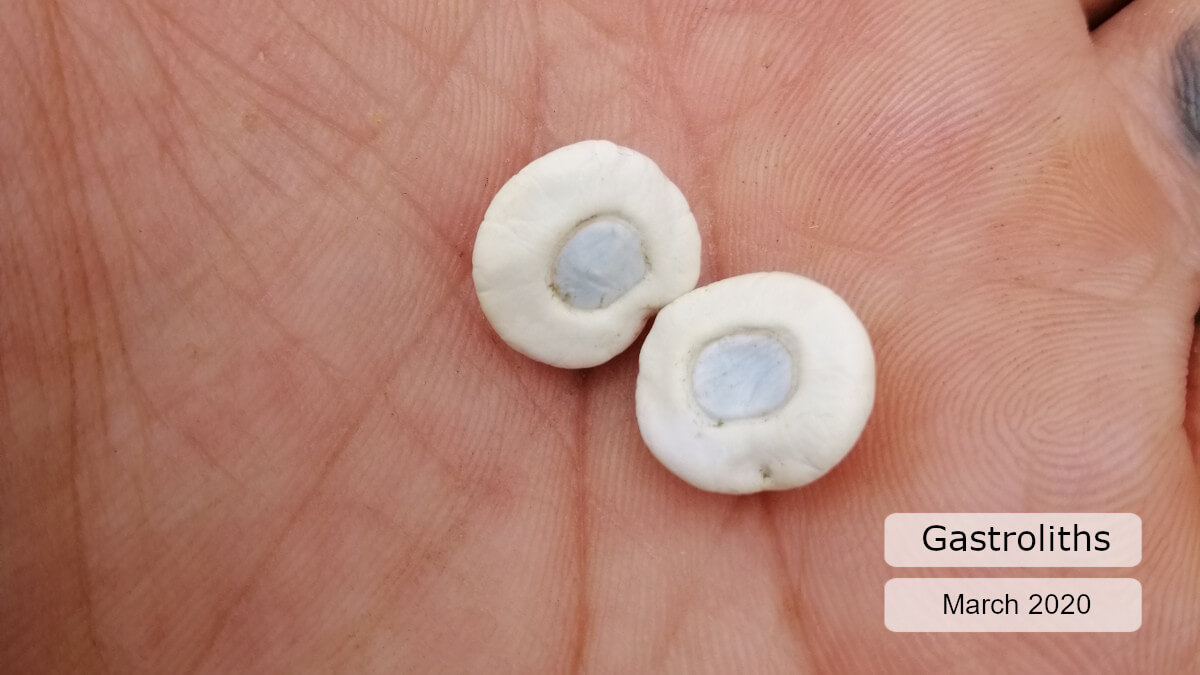
Mill Brook - Old Millbrook
Basin : Albany Coast
Catchment : Kalgan River
River condition at the Old Millbrook site (site code: KR39MILL1, site reference: 6021695) on Mill Brook has been assessed as part of the Healthy Rivers Program (Healthy Rivers), using standard methods from the South West Index of River Condition (SWIRC). The SWIRC incorporates field and desktop data from the site and from the broader catchment. Field data collected include the following indicators, assessed over approximately a 100 m length of stream:
-
- Aquatic biota: fish and crayfish community information (abundance of native and exotic species across size classes, general reproductive and physical condition) and macroinvertebrates
- Water quality: dissolved oxygen, temperature, specific conductivity, and pH (logged in-situ over 24 hours) as well as laboratory samples for colour, alkalinity, turbidity and nutrients
- Aquatic habitat: e.g. water depth, substrate type, presence of woody debris and detritus, type and cover of macrophytes and draping vegetation
- Physical form: channel morphology, bank slope and shape, bioconnectivity (barriers to migration of aquatic species), erosion and sedimentation
- Fringing zone: width and length of vegetation cover within the river corridor and lands immediately adjacent, structural intactness of riparian and streamside vegetation
- Hydrology: measures of flow (velocity) at representative locations (compared against data from stream gauging stations within the system)
- Local land use: descriptions of local land use types and activities (compared against land use mapping information for the catchment)
This is the first assessment of this site using the SWIRC methods. At this time no previous assessments of river ecology had been reported.
Assessments are listed below:
- 2020 – summer (March 12–13): Healthy Rivers
Other departmental data: The Old Millbrook site is about 400 m upstream of the Warren Road gauging station (site reference: 602015). This gauging station is owned by the department and has been in operation since 1992.
Search on the site code or site reference in the Department of Water and Environmental Regulation’s Water Information Reporting (WIR) system to find data for this site and nearby sampling points (flows, surface water quality, groundwater monitoring, department’s meteorological data). See also the Bureau of Meteorology website for additional meteorological data for the area.
Condition summary
A complete condition summary for this site has not yet been published. Please contact the department’s River Science team for site data (please provide the site code and sampling dates).
The image below indicates conditions at the time of sampling in March, towards the end of the dry season. March is within the Noongar season of Bunuru, which is generally the driest and hottest part of the year. Further images are provided in the gallery at the bottom of the page to show general site conditions.
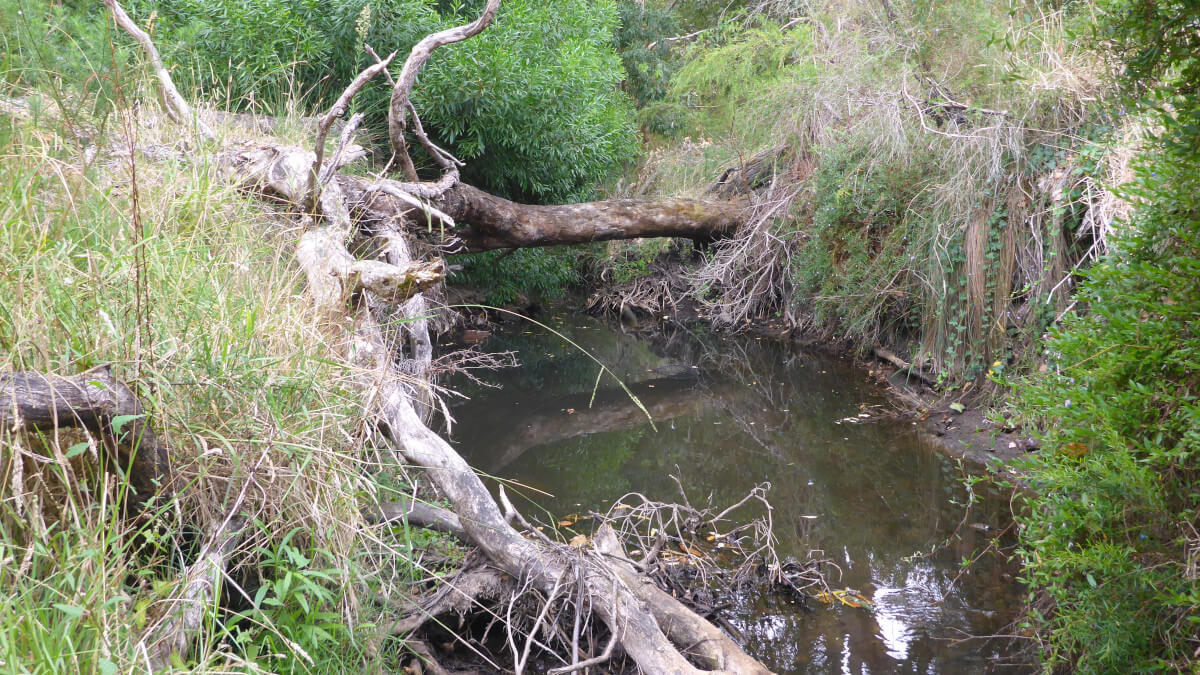
Mill Brook., March 2020
An overview of aquatic species found at the site is provided in the next section.
Species found in subcatchment
Native Species
Exotic Species
Species found at the site
Fish and crayfish
Six species of fish and crayfish were recorded at this site in the March 2020 assessment. This includes three native freshwater fish (western pygmy perch, nightfish and western minnow), two native freshwater crustaceans (south-west glass shrimp and koonac) and one non-native fish species (rainbow trout).
The three species of freshwater fish were found across the full range of size classes (juveniles, adults). A small proportion of the nightfish appeared to be gravid and many of the western pygmy perch showing nuptial (breeding) colours. This suggests that this section of Mill Brook is able to provide suitable habitat and requirements needed for a viable population.
Koonacs were the only species of crayfish recorded at the assessment site, which may provide some insight into the natural hydrology – as koonacs are most common in habitats that dry seasonally. Of note, a pair of gastroliths were found at the assessment site (image in photo gallery below). Gastroliths are calcium stones that are produced in the stomach of the crayfish during the moulting process. The formation of gastroliths is a remarkeable adaptation, where calcium is extracted from the exoskeleton to soften it prior to moulting (making it easier for the animal to escape its old shell) and then reabsorded to quickly harden the new shell after moulting. The crayfish are most vulnerable while their exoskeleton is soft, which is why undigested or discarded gastroliths are often observed. For more information on gastroliths, click here.
One non-native fish species was found in the March 2020 assessment. Rainbow trout are stocked annually by the Department of Primary Industries and Regional Development. The purpose of stocking trout is for recreational fishing in inlands water. The annual locations and quantities of trout stocking can be found here.
Note: collection of fauna from inland aquatic ecosystems across Western Australia requires a license from the Department of Primary Industries and Regional Development (DPIRD) and also the Department of Biodiversity, Conservation and Attractions (DBCA). All species collected must be reported to these agencies as part of license conditions.
Other aquatic fauna
Although not directly targeted as part of the Healthy Rivers assessment, the following species were recorded:
- Rakali (Hydromys chrysogaster) – native and listed as Priority 4
An adult rakali was observed at the Old Millbrook site. The rakali is a Priority 4 species under the 2016 Biodiversity Conservation Act (state, Western Australia) meaning it is a rare or near threatened species in need of monitoring. Rakali have a primary diet consisting of fish and crustaceans, and have been suggested to be a potential bio-indicator of wetland health. They have been shown to prefer areas with riparian vegetation, better water quality and a degree of habitat complexity (Speldewinde et al. 2013), which was evident at this assessment site.
Although not an aquatic species, a pair of little eagles (Hieraaetus morphnoides – endemic to Australia) were also observed during the assessment. The presence of these birds demonstrates a healthy and strong ecosystem as little eagles prefer to nest in areas with mature trees in open woodlands or within an intact corridor of vegetation. They also prey on small mammals, birds and reptiles, suggesting the food web below them is well supported.
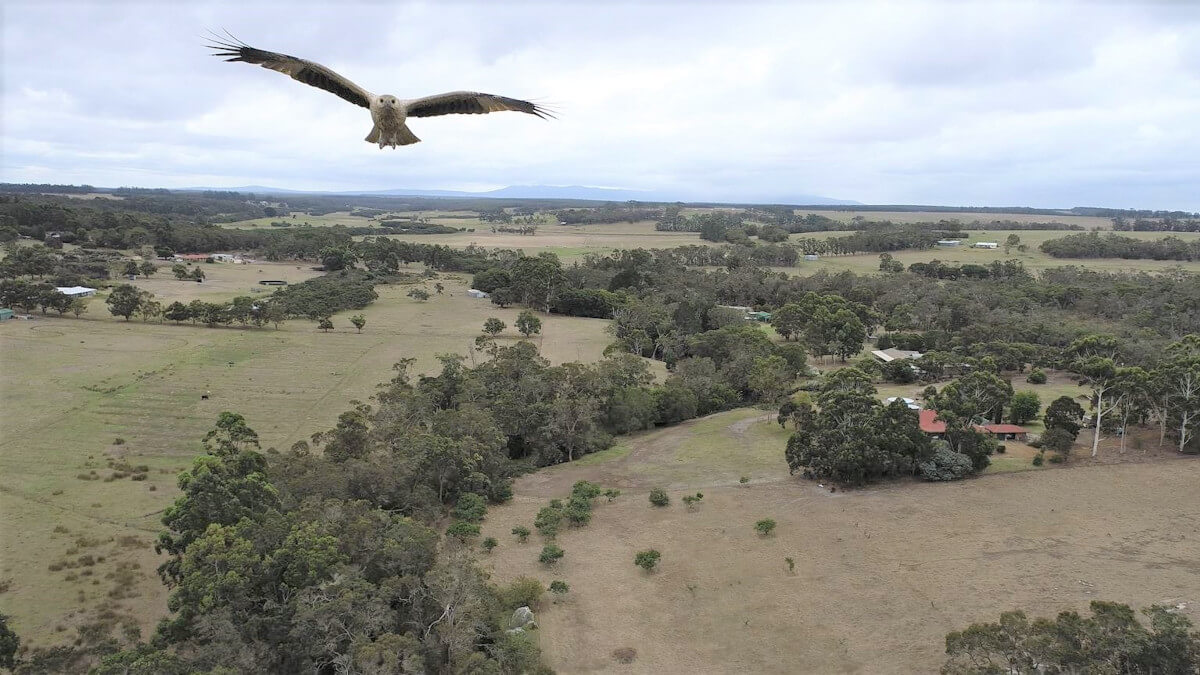
Little eagle (Hieraaetus morphnoides) at the Old Millbrook site. March 2020.
For more info on the rakali and other aquatic species, please see the River Science fauna page here.
References and further reading:
Speldewinde PC, Close P, Weybury M and Comer S 2012 Habitat preference of the Australian water rat (Hydromys chrysogaster) in a coastal wetland and stream, Two Peoples Bay, South West Western Australia, Journal of the Australian Mammal Society 35(2)
Hosie A 2013 ‘Why freshwater crayfish don’t need milk for healthy bones ‘ Western Australian Museum, https://museum.wa.gov.au/explore/blogs/andrew-hosie/why-freshwater-crayfish-don-t-need-milk-healthy-bones https://museum.wa.gov.au/explore/blogs/andrew-hosie/why-freshwater-crayfish-don-t-need-milk-healthy-bonesaspx, last updated October 2020
